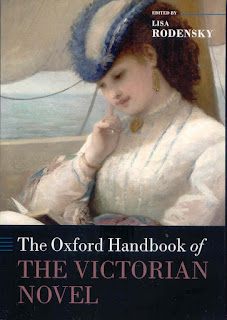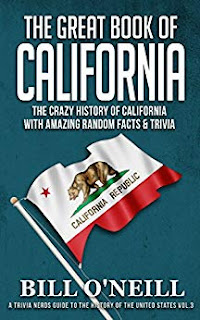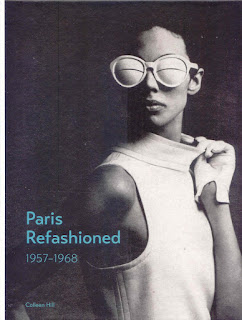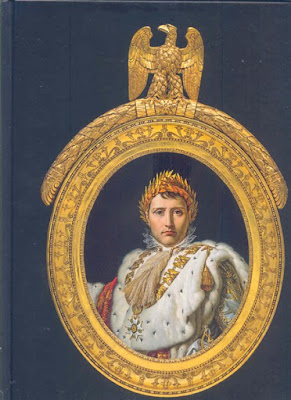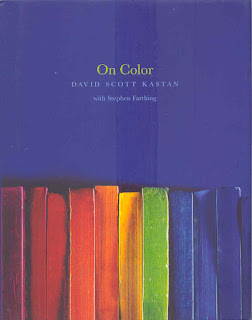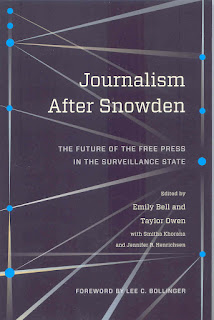
We live in a technological, invisible cage where expressions like freedom of communication is just apparent and where our texts, messages, phone calls are, somewhere in the world, analyzed, read, archived, listened, by anonymous persons.
We are spied every second of our existence and every moment.
When we go somewhere it's possible to track our movements thanks to our smart phone or various devices like the ones installed in the most modern cars; what we think, how we feel, our thoughts, our friends, our connections, our daily life, our voice, out face is an open book.
Considering the revelations of Snowden, how much intrusive should be a government in the private life of its citizens?
It's not just a story of security, but also of ethicity.
Are we free in this techological world?
We can answer: no, we are not free; if, for a common person this "revelation" (considering also the latest scandal of Cambridge Analytica) can't alter the process of sending, receiving e-mails, living the digital life with relaxation, because, after all doesn't work for the FBI or the CIA and doesn't have big secrets, you can just imagine what happens differently when a reporter follows a difficult case where prudence, secrecy, privacy in a word, should be a priority. When in a few words, he is an investigative reporter.
It's this one, the sum of the splendid book, published by Columbia University Press Journalism After Snowden The Future of Free Press in the Surveillance State edited by Emily Bell and Taylor Owen with Smitha Khorana and Jennifer R.Henrichsen Foreword by Lee C.Bollinger.
The book divided in four sections: The story and the Source, Journalists and Sources, Governing Surveillance, Communications Networks and New Media analyzes the situation of reporters and free press.
At first there was Snowden with his revelations.
He tried to contact The Times but upset for not receiving a honest answer in brief times, Snowden decided to contact The Guardian and then the news appeared in the Washington Post as well.
Starting with and from the post-Snowden case this book analyzes the answers given by journalism after this storm.
Defining, classifying a reporter, a journalist, is difficult, because a reporter is not part of the system.
He is an independent man or woman who in a daily, weekly, monthly base reports facts. He is the anticipator of the historian, he tells the facts when they are in motion, when they happen.
There are not too many reporters who want to keep safe their digital devices from spywares, malwares, or newsroom interested to invest money in security as remarked in various chapters of this book.
Accepting to use a PC, a smartphone for investigating, if the reporter is an investigative reporter means that it will be necessary to install wagons of softwares just for keeping safe all the informations sent and received, with the risk that, if someone sent via file etc a malware, and then the reporter decides of installing protections all the work for keeping safe the device is gone.
PCS and smart phones are nice but they can be a trap; and so?
Better the old notebook, a pen, a common camera, maybe letters sent without adding the reporter's name and last name so that no one can guess who sent it; better to use public phones, better to meet people in incognito using aliases. Better not bring with you any smart phone; better to set you free from this cage. Better to work...Freely.
Better everything than not technology.
If a reporter works for a big newsmagazine or magazine and follows a sensitive case, of course the procedure described before will be necessary and indispensable.
Not only: if the reporter decides of using devices necessary to keep "blind" also the various cameras and webcams, because yes, they can be spied as well. A pretty stressing life.
The book analyzes journalism and social medias but also scandals like the Pentagon Papers or the Boston Globe's publication of the sexual abuses in the Catholic Church started in 2002. The story in this second case had an international resonance with heavy repercussion for all the Catholicism thanks to the net.
It became a viral news and it meant the discovery of a lot of pedophile catholic priests in many countries in the world with great embarrassment for the catholic establishment.
All of it discovered thanks to the work of the team Spotlight of Boston.
You'll read an interview realized with Snowden, positive chapters about this man described like a normal person who, for a story of justice, decided to do what he did.
Interesting, better than a spy-story, beautiful book for everyone, reporters if they want to discover the latest news about free press and common citizens.
Highly suggested.
I thank Columbia Press for the physical copy of this book.
Anna Maria Polidori
 I Romanov Storia di una Dinastia tra Luci e Ombre by Raffaela Ranise published by Marsilio is an interesting short, condensed intriguing book about the Romanov. I didn't know all the story of this family: I knew that once Lenin took power in Russia they were killed. But modality, how, when, where, why or their role during their 300 years of reign to me not known.
I Romanov Storia di una Dinastia tra Luci e Ombre by Raffaela Ranise published by Marsilio is an interesting short, condensed intriguing book about the Romanov. I didn't know all the story of this family: I knew that once Lenin took power in Russia they were killed. But modality, how, when, where, why or their role during their 300 years of reign to me not known.






